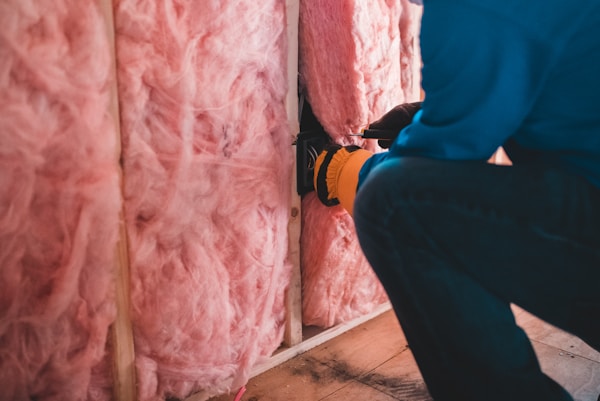Air conditioner vents can get cold, and water vapor loves cold surfaces. As a result, you might see condensation forming on your AC vents occasionally. Sometimes, this can lead to the paint coming off and rust forming on the vent. If you’re lucky, though, it’s just an occasional nuisance that doesn’t lead to any long-term damage. Occasionally, however, some homeowners may experience a real issue with condensation.
Condensation occurs when humid air is in contact with a cold surface. If your air conditioner supply vents are sweating, you have a cold surface in proximity to warm air with water vapor in it. But how do you prevent this? Keep reading to learn more about the possible causes of condensation on AC vent grates and what you can do to prevent it.
Poor Insulation

One of the possible causes of condensation on your AC vents is poor insulation. When insulation is poor, air can escape through cracks and gaps in the walls and ceilings. This can cause the temperature inside the home to rise, which can lead to condensation on the AC vents. In addition, poor insulation can also cause the AC unit to work harder to maintain the desired temperature, which can also lead to condensation on the vents. If you notice condensation, it is important to check the insulation in your home and make sure that it is adequate.
Dirty Air Filters
Dirty air filters are one common cause of condensation on your AC vents. Your air filter is responsible for catching and trapping dirt, dust, and other allergens before they can circulate throughout your home. This helps maintain your indoor air quality and helps to keep your home comfortable. When the air filter is clogged with dirt and debris, however, it can restrict airflow and cause the AC unit to work harder to circulate air. As a result, your AC won't properly condition the air, and this can lead to condensation on the vents. Be sure to check and clean your air filter regularly to help prevent this issue.
High Humidity Levels

As discussed, humidity levels of any kind are the cause of condensation. When warm air hits the cold surface of the vent, the water vapor in the air condenses into water droplets. There are a few things that can cause high humidity levels in your home. One is if you have a lot of plants. Plants release water vapor into the air as part of their natural process of transpiration. Another possible cause is a leaky roof or plumbing. This can allow moist air to enter your home and increase the humidity levels.
You can combat high humidity levels by using a dehumidifier. This will help to remove the excess moisture from the air and make your home more comfortable. You can also take steps to prevent moisture from entering your home in the first place. Make sure to fix any leaks and keep plants well-watered so they don't release too much water vapor into the air.
Ductwork Problems
One of the possible causes of condensation on your AC vents is blocked ductwork. When the ductwork is blocked, air cannot flow properly through the system, causing condensation to form. The condensation can form on the vents themselves or any other surface that the air is coming into contact with. To prevent this from happening, it is important to make sure that the ductwork is clear and free of any obstructions.
Additionally, improperly sealed air ducts can cause condensation to form around your AC vents. Cracks, gaps, and holes in your ductwork can allow hot, humid air into your system and cause condensation to form on cold surfaces like your vents. Fortunately, fixing this problem is a relatively simple task. All you need to do is seal any cracks or gaps in your air ducts using caulk or insulation. You can also install a moisture barrier to help keep the ducts dry.
Condensation on your AC vents is a sign of warm, humid air in your home. Often, this can result from dirty air filters, leaky ductwork, and poor insulation. It's important to have your AC vents and ductwork inspected and cleaned regularly to prevent any issues with condensation.






